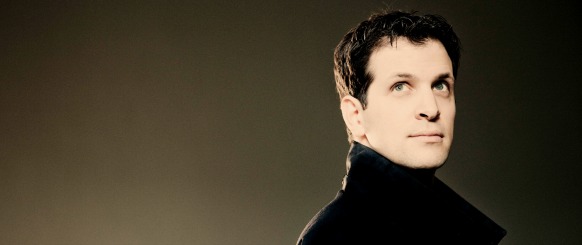Tag: Johann Wolfgang von Goethe
-

PROGRAM NOTES: LUCA PISARONI & WOLFRAM RIEGER
Wolfgang Amadeus Mozart Four Songs The earliest German lieder we have in the concert repertoire come from the more than 30 works that Mozart wrote between 1768 (at the age of twelve!) and his death in 1791. His mature songs reflect his skill as an opera composer in their sensitive treatment of the text, bolstered by…
-

PROGRAM NOTES: CHRISTIAN GERHAHER & GEROLD HUBER
By Christian Gerhaher This programme of poems by Johann Wolfgang von Goethe set to music by Franz Schubert and Wolfgang Rihm was conceived as a tribute to the eight great poetic hymns written during the poet’s Sturm und Drang period of the 1770s and 1780s. I had always regretted that Schubert had set only three…

